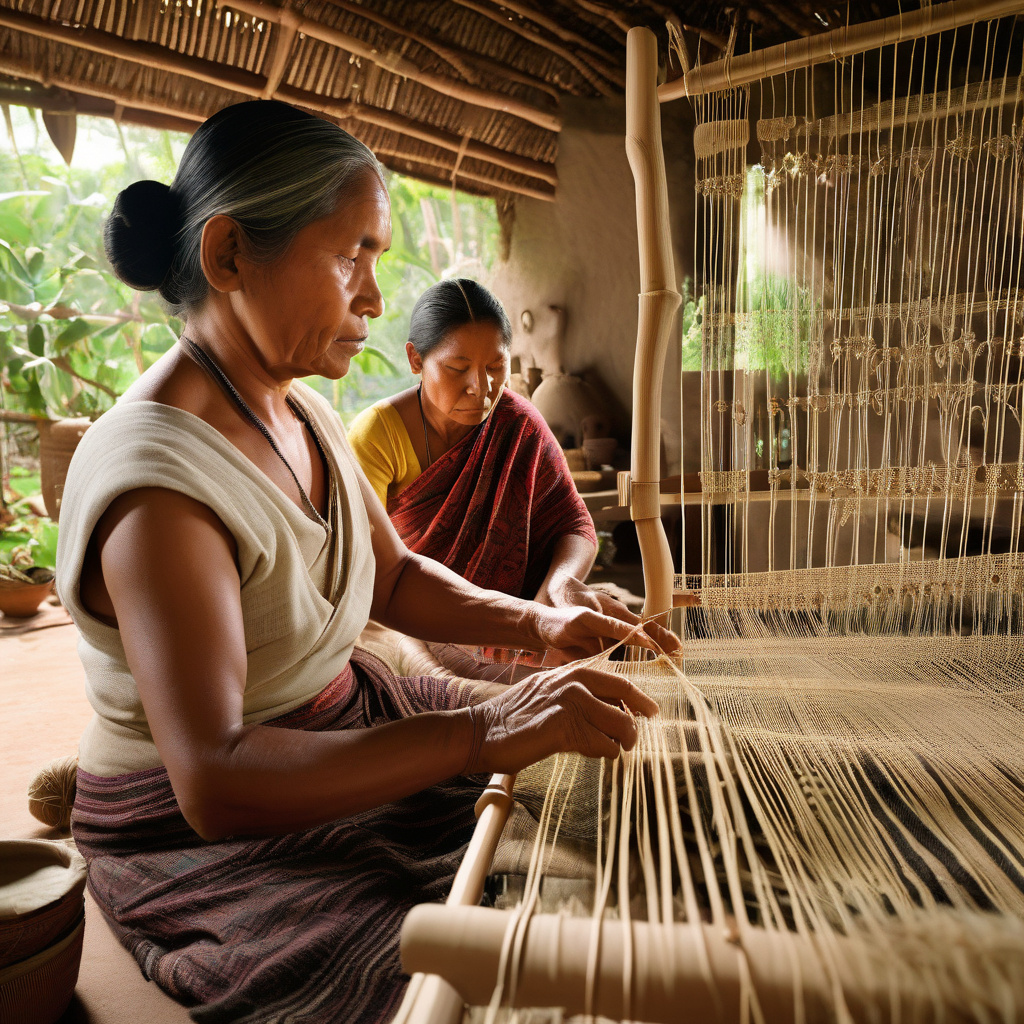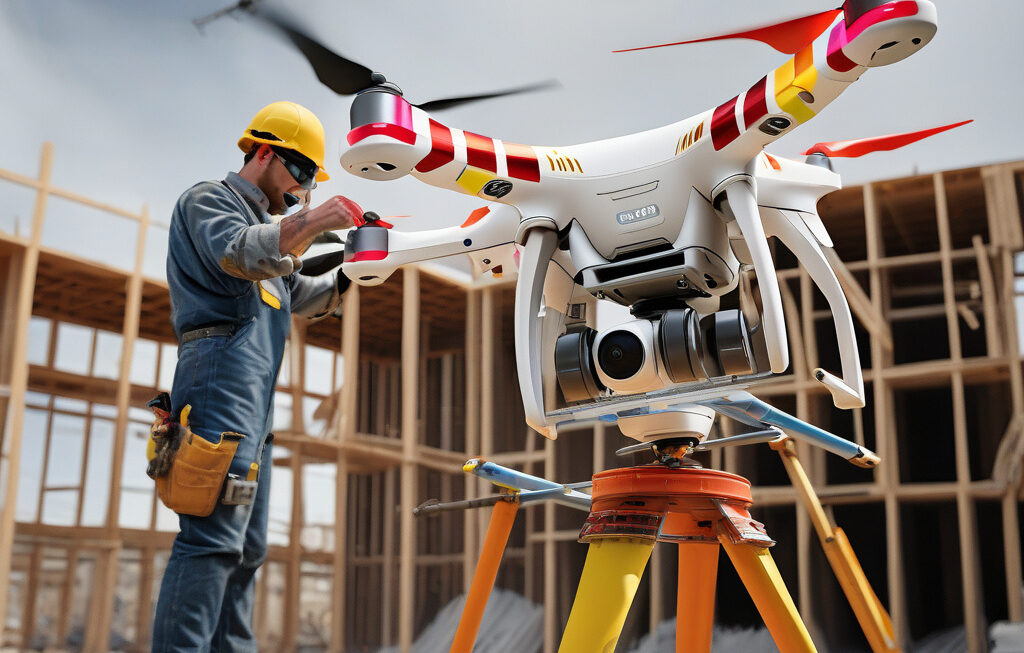Ancient Weaving Craft Unlocks Potential for Resilient Metamaterials in Robotics
Engineers at the University of Michigan have found that ancient basket-weaving techniques could be the key to creating highly resilient metamaterials for use in robotics. By studying a 9,500-year-old weaving craft known as twining, researchers have discovered a new approach to designing materials that are not only strong and flexible but also lightweight and durable.
Metamaterials are synthetic materials engineered to have properties that are not found in natural materials. By mimicking the intricate patterns found in traditional basket-weaving, engineers are able to create metamaterials that exhibit remarkable strength and resilience. These materials have the potential to revolutionize the field of robotics by providing components that can withstand high levels of stress and strain without compromising performance.
One of the key advantages of using ancient weaving techniques to design metamaterials is the ability to balance strength and flexibility. The twining method, which involves weaving together two sets of parallel fibers at a diagonal angle, creates a structure that is both sturdy and adaptable. This unique combination of properties makes twined metamaterials ideal for applications where resilience and durability are essential.
In addition to their mechanical properties, twined metamaterials are also incredibly lightweight. This feature is particularly advantageous in robotics, where reducing the weight of components can lead to significant improvements in energy efficiency and overall performance. By incorporating ancient weaving techniques into the design process, engineers are able to create materials that are not only strong and durable but also lightweight and agile.
The potential applications of twined metamaterials in robotics are vast. From robotic exoskeletons that can enhance human strength and agility to unmanned aerial vehicles that can withstand harsh environmental conditions, the possibilities for this innovative technology are endless. By drawing inspiration from ancient weaving craft, engineers are pushing the boundaries of what is possible in the field of robotics.
Furthermore, the use of twined metamaterials highlights the importance of interdisciplinary research in driving innovation. By combining principles from materials science, engineering, and archaeology, researchers are able to develop groundbreaking technologies that have the potential to transform industries. This collaborative approach not only leads to new discoveries but also fosters a deeper understanding of the world around us.
As we look to the future of robotics, the integration of ancient weaving craft into materials design offers a promising path towards creating resilient and versatile technologies. By harnessing the power of metamaterials inspired by centuries-old techniques, engineers are paving the way for a new era of innovation in robotics. The lessons learned from the past are shaping the technologies of tomorrow, proving that sometimes the key to progress lies in looking back.
In conclusion, the discovery that a 9,500-year-old weaving craft could hold the key to developing resilient metamaterials for robots is a testament to the timelessness of innovation. By blending ancient techniques with modern technology, engineers are unlocking new possibilities in materials design that have the potential to revolutionize the field of robotics. The future is bright for twined metamaterials, as they pave the way for stronger, lighter, and more agile robots that can navigate even the most challenging environments with ease.
#WeavingCraft, #Metamaterials, #Robotics, #Innovation, #MaterialsDesign












